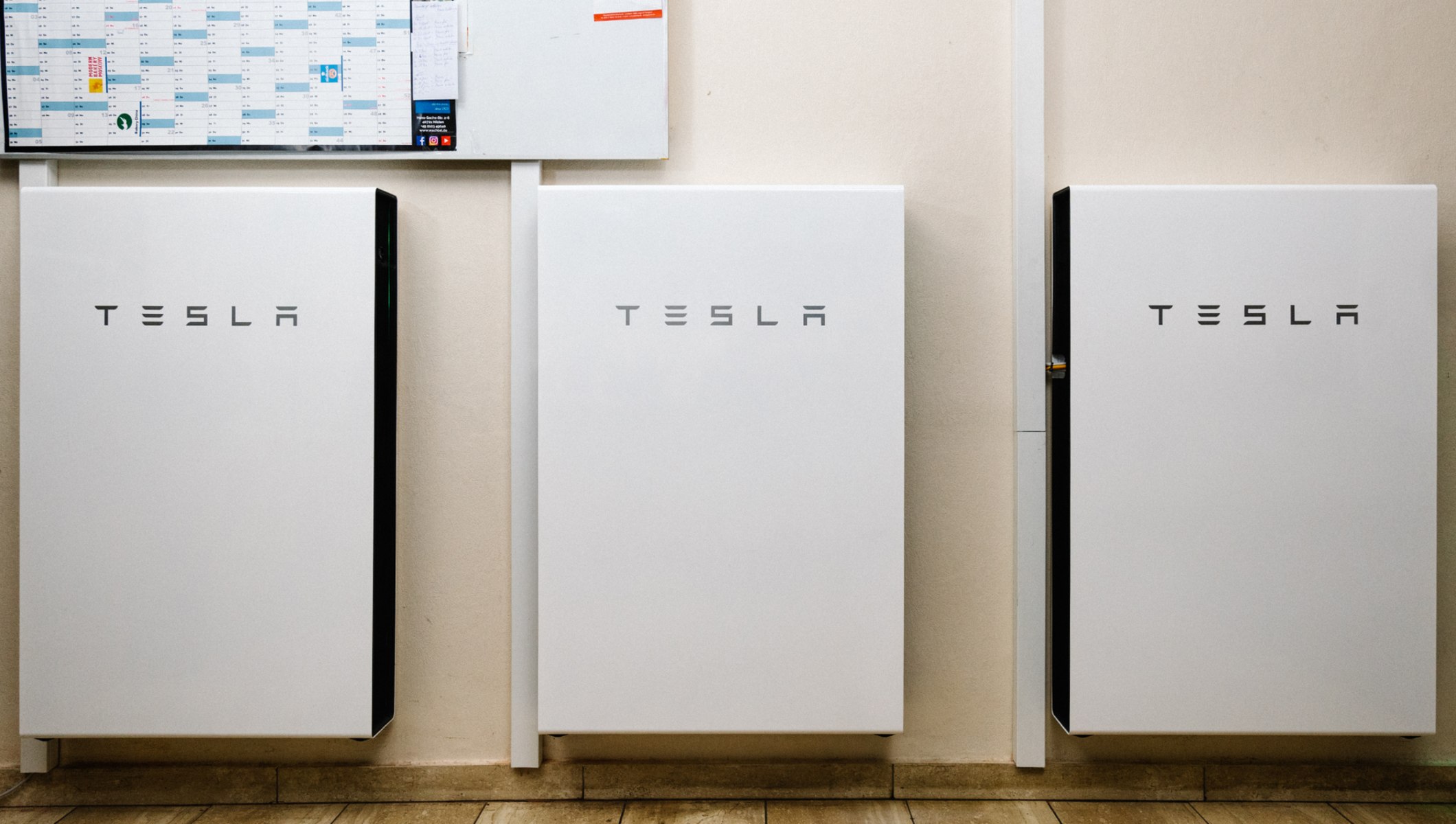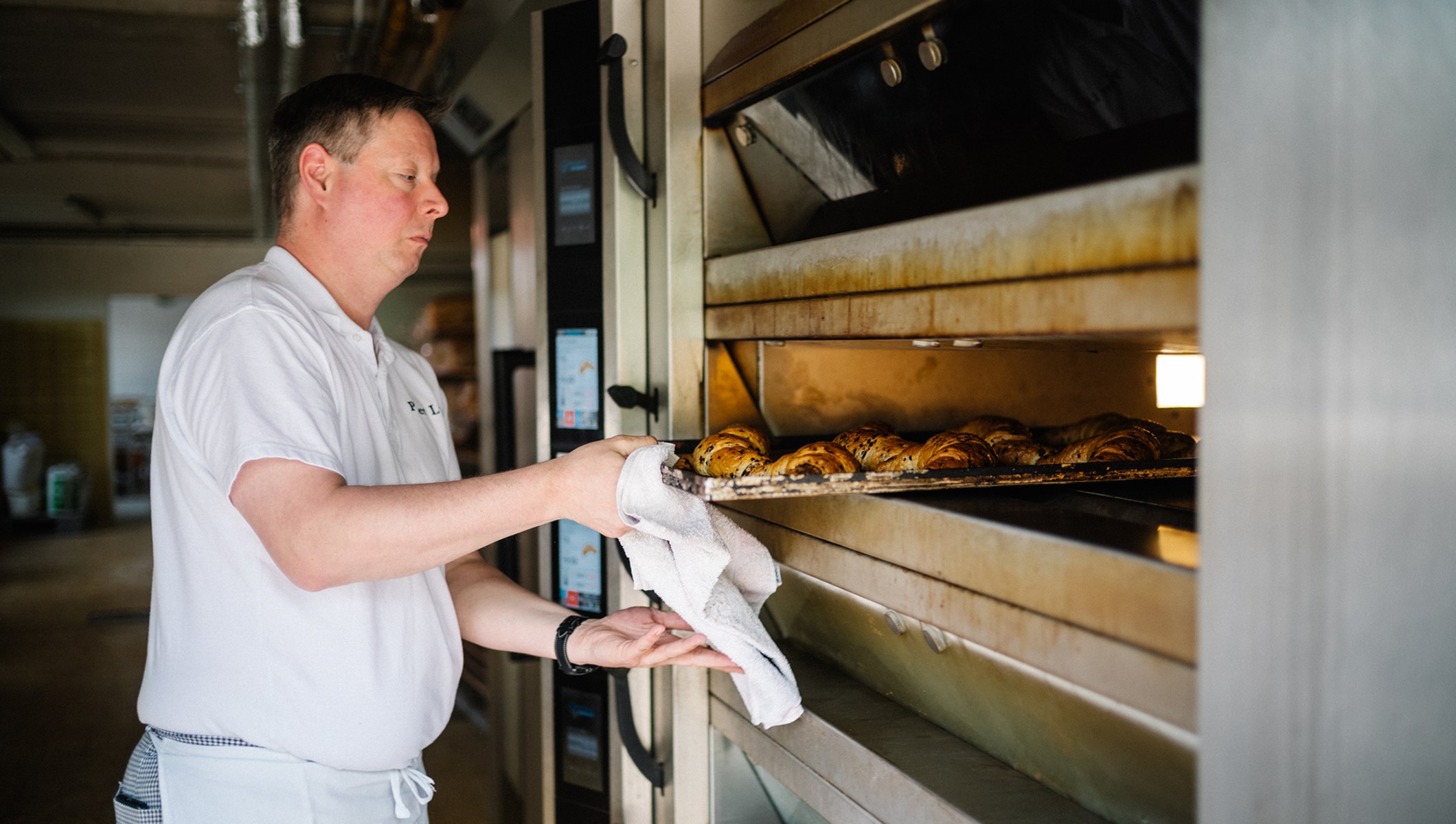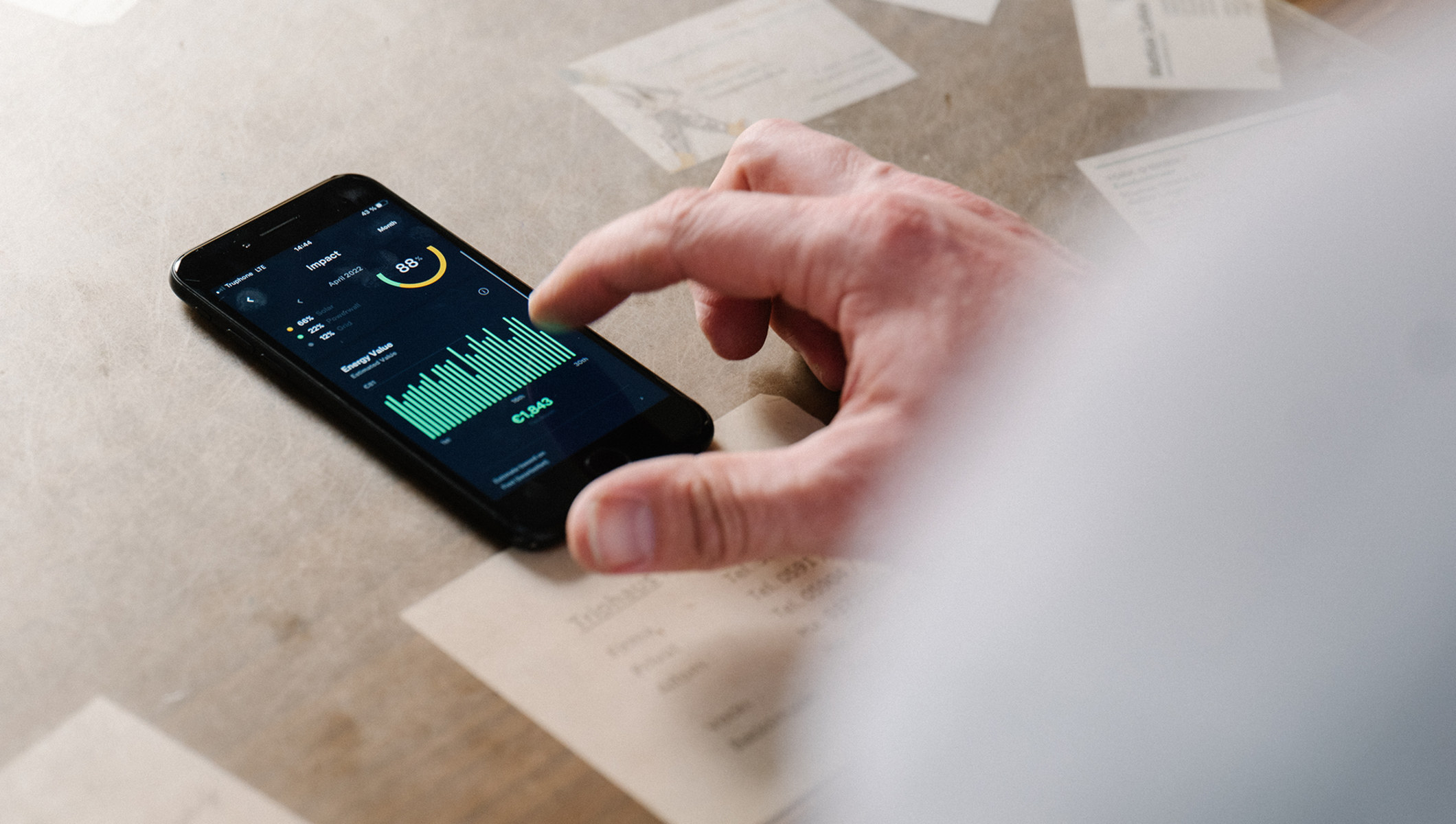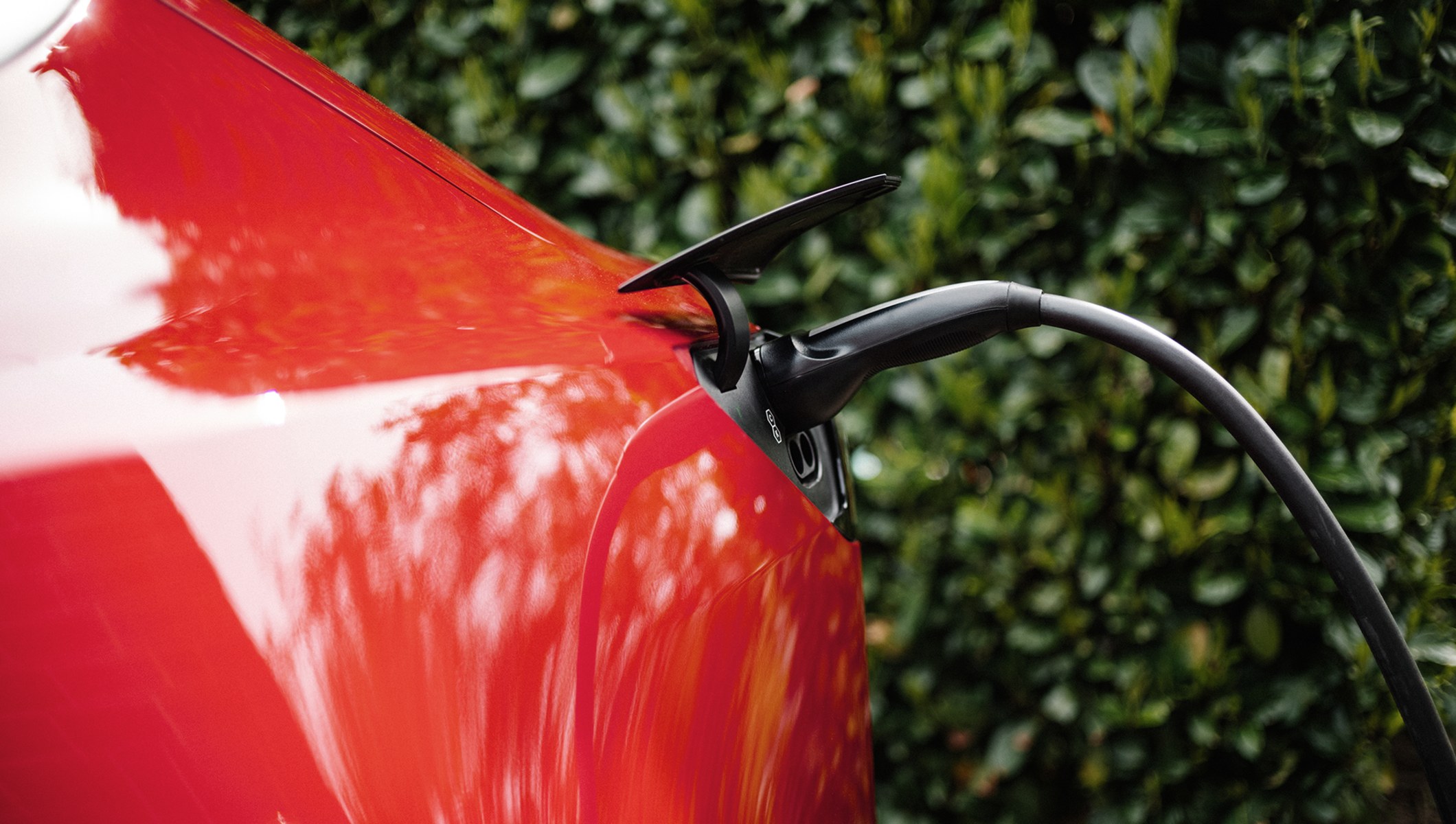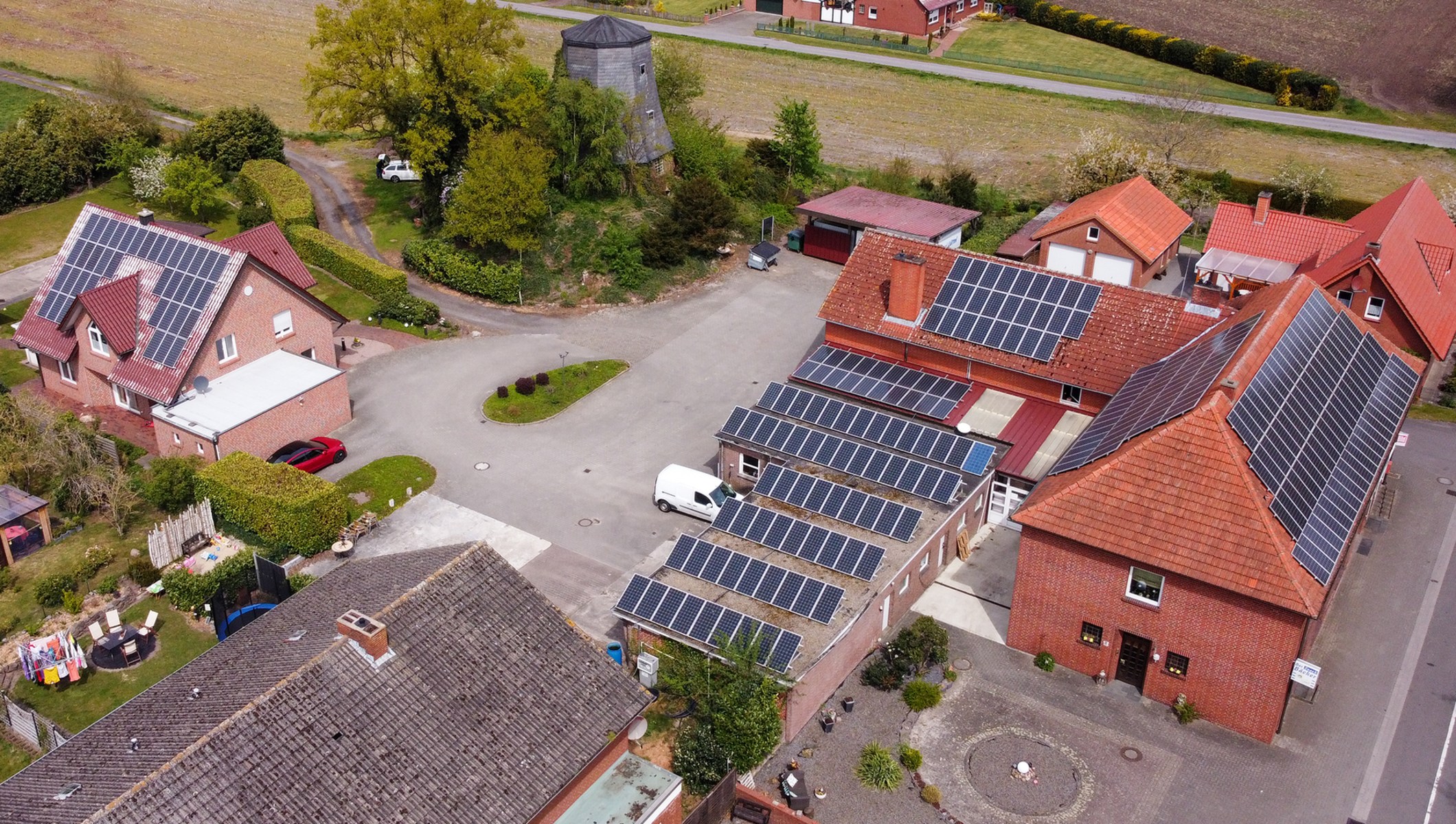Flour, Water and Solar Power
Peter Lüttel – Lüttel Baker, July 7, 2022
Our family bakery—based in Lingen, Germany, near the Dutch border—was founded 116 years ago. I am the fourth generation to run it, and over the past two decades I have made quite a few changes.
Though our café is in a historic building in the market square, our production facility is located outside the city. That’s where I’ve been dedicating a lot of time to my “obsession” with electrical engineering. I call it an “obsession” for a reason, because energy efficiency still isn’t a number one priority in the baking industry.
In 2000, I purchased my first combined heat and power unit (CHP), which awakened my interest in energy efficiency. Ten years later, I was one of the first to look into e-mobility. In 2012, after several years of research, I bought my first electric vehicle, which was also ridiculed at the time. It wasn’t long before we owned the most electric vehicles in the region. Our bakery fleet accounted for about 40 percent of the electric vehicles in the district. Even though it were only three vehicles...
Compared to other crafts, baking requires a lot of energy. And you either need to use electricity or another combustion medium like fuel or oil to generate that energy. That has always bothered me. Around the turn of the century, we were buying 180,000 kWh of electricity a year. It was way too much, and I knew I needed to do something about it. Once I looked into our options, I discovered CHP units: heat, plus electricity as a waste product. Since we needed a new heating system for the bakery anyway, one thing eventually led to another.
After that, we created a localized heating network on our property by connecting everything that used heat or hot water. This worked so well that we immediately put a second CHP unit into operation. This was our first step in drastically reducing our electricity consumption from the grid.
The step towards photovoltaics with Powerwall happened about ten years ago. In 2013, we installed a 58 kWp solar system. At that time roughly, we also began with e-mobility. But our ovens definitely used the most power.
Electricity is not the most popular method for baking, but in my opinion, it is the best—though it’s also the most expensive. Fortunately, we found someone to partner with us on this journey to power our ovens with our cogeneration units, PV system and battery storage from Tesla. It was truly groundbreaking—no one had tried this before. And many people were extremely skeptical at first.
It’s been a very exciting journey, and now everything is running pretty much perfectly. We’ve already cut our fuel consumption by 50 percent. And we’ve reduced our electricity bill by 50 percent, even though we’ve recently added another electric oven—it’s so amazing!
Before we got our new electric oven, we still needed to use around 20,000 kWh of energy from the grid. Now, with the electric oven, we’re down to around 8,000 kWh. Powerwall allows us to access electricity when we really need it. Compared to other bakeries in the industry, we have a huge advantage with our setup: We’re able to fully charge each Powerwall once a day when the sun is shining. And thanks to the CHP, we can completely charge and discharge them twice a day. That makes the whole system even more attractive financially.
This journey was crucial to our survival: Our business probably wouldn’t exist today if we had not embarked on this mission. The money that we have saved so far and continue to save is so significant that we couldn’t have managed to stay afloat otherwise. That’s why I’m constantly checking to see if there’s more room for improvement. If it turns out that a fourth or fifth Powerwall significantly improves our system, then I would definitely order a couple more. That’s the advantage of being able to scale up again and again: You can instigate positive change with each of these steps and save a lot of money.
Our customers also get to use some of the electricity: We re-installed our Wall Connector on the outside of our garage so that customers, visitors and field staff who visit can charge their cars while they are here.
When this journey started some ten years ago, I did it primarily for the company. I wasn’t really thinking about climate protection. I said to myself, “It’s my obsession, I love it and it’s the only way to keep my company going.” Now that I’m a father of three, I do see it a little differently, though. Our youngest daughter once asked me how the polar bears would benefit from our solar panels, battery storage and electric cars. I told her: “It’s already worth it if the polar bears have their ice floe for just one more day....”
Download Case Study
Tags: Powerwall, Wall Connector

